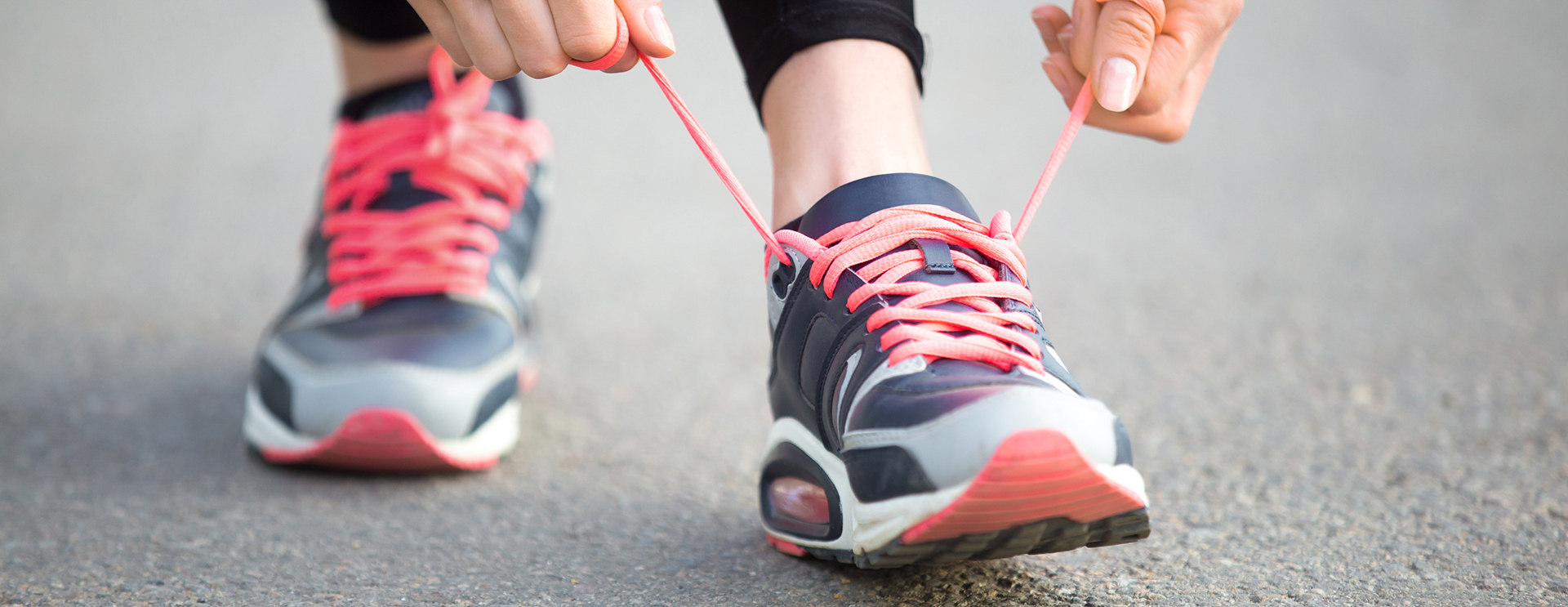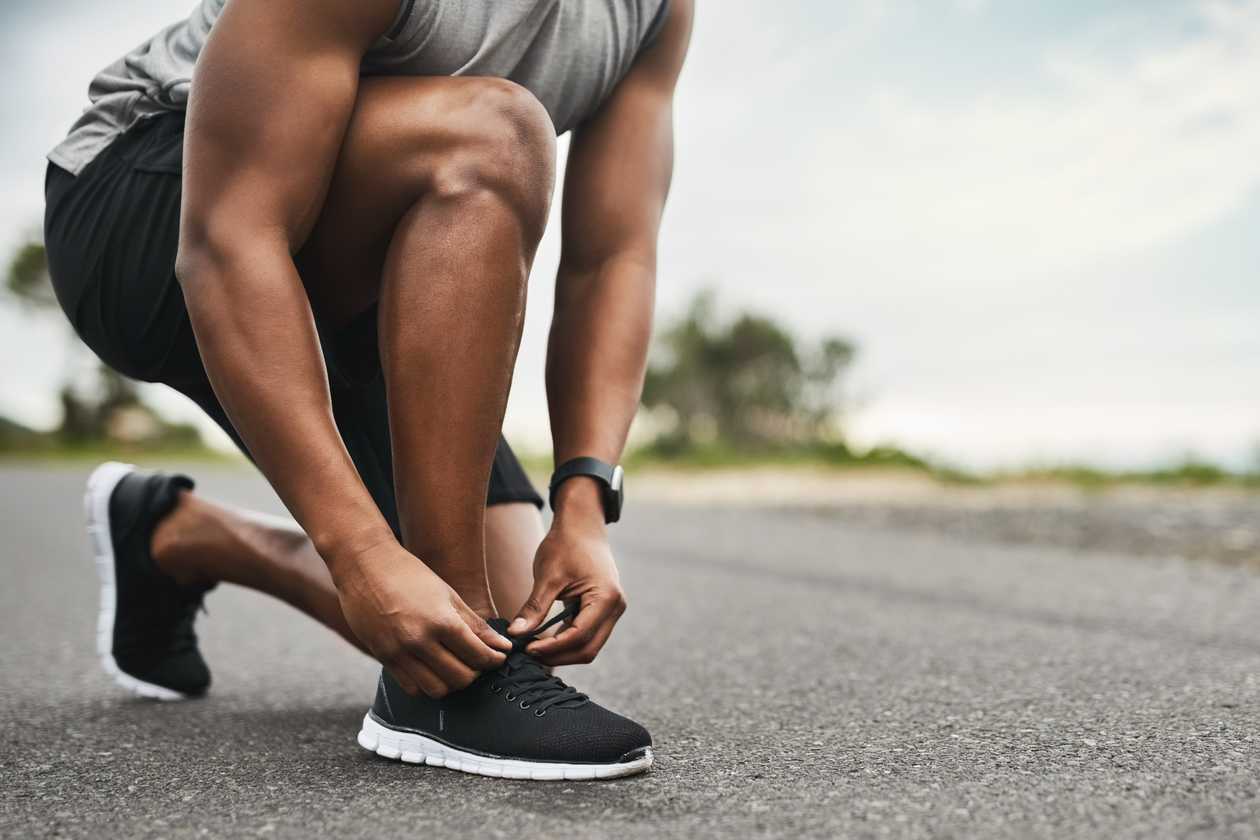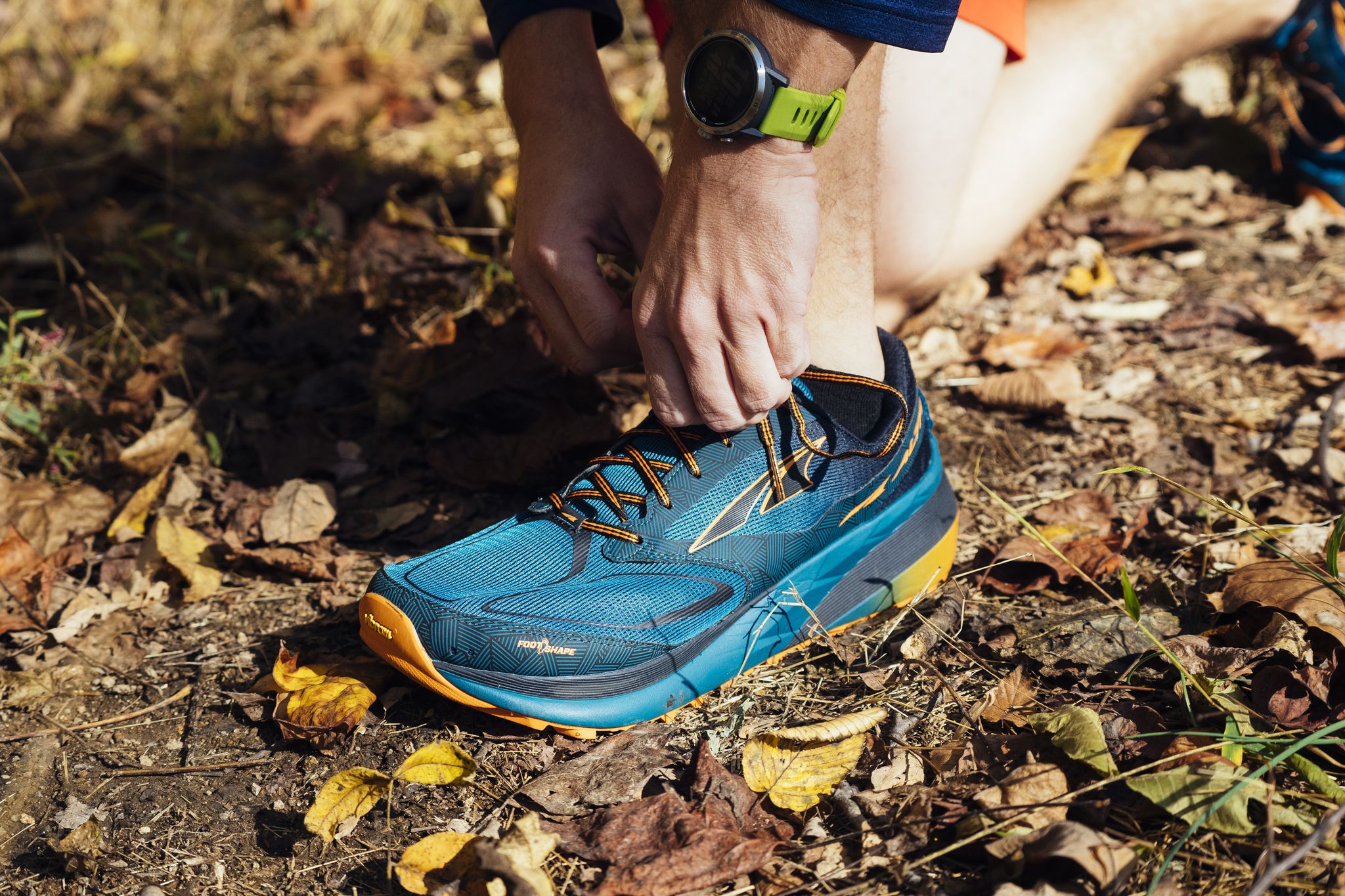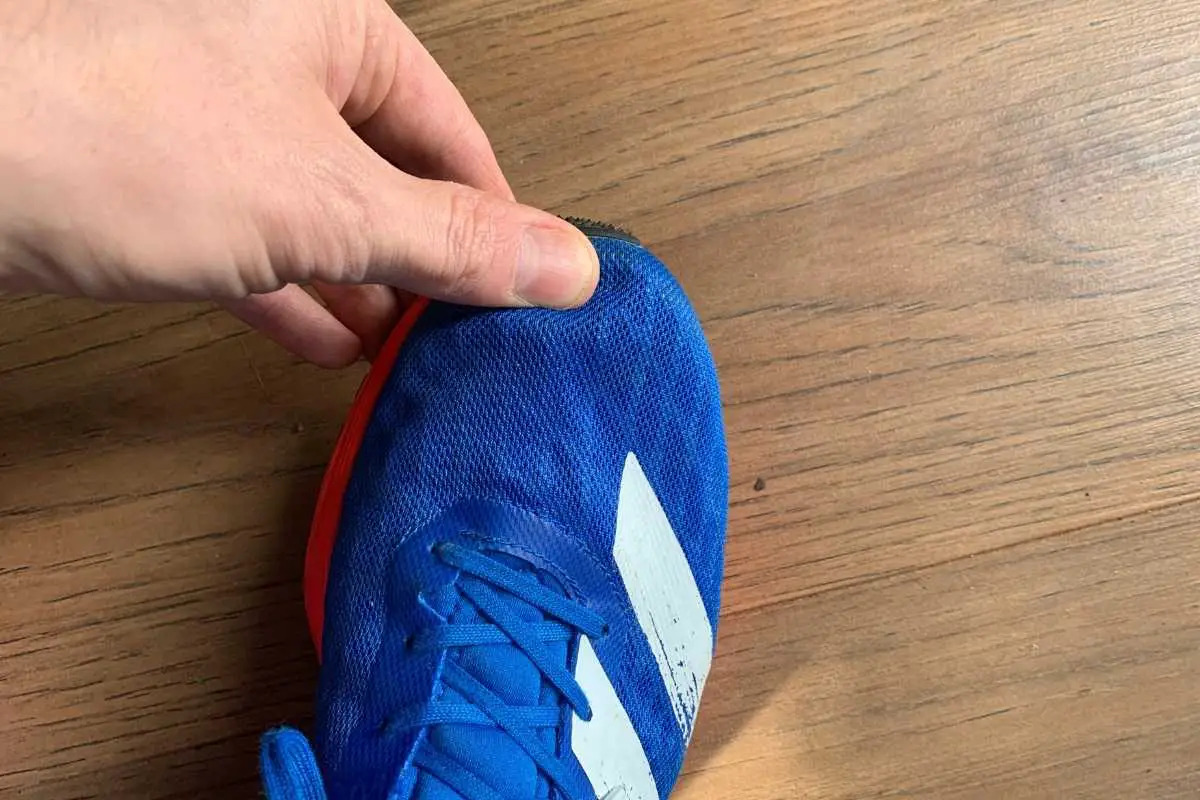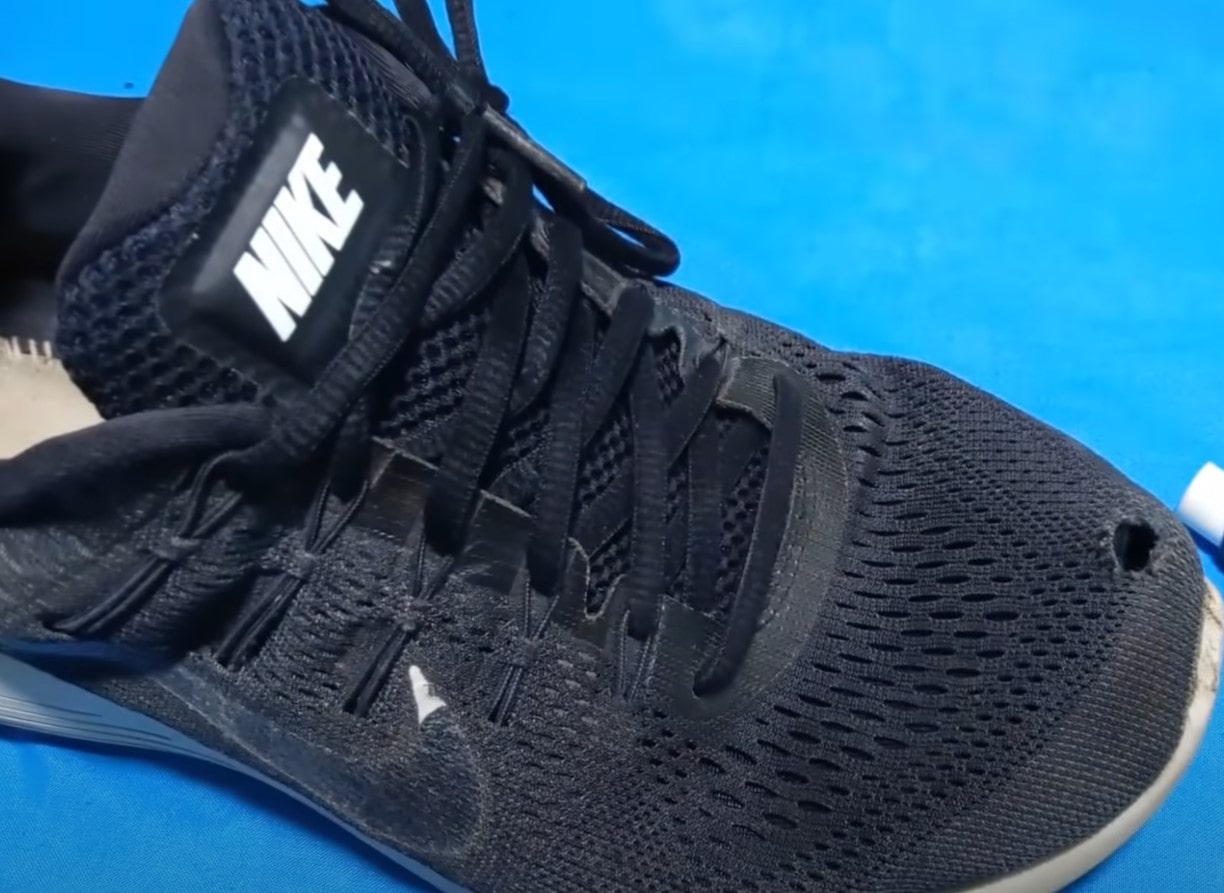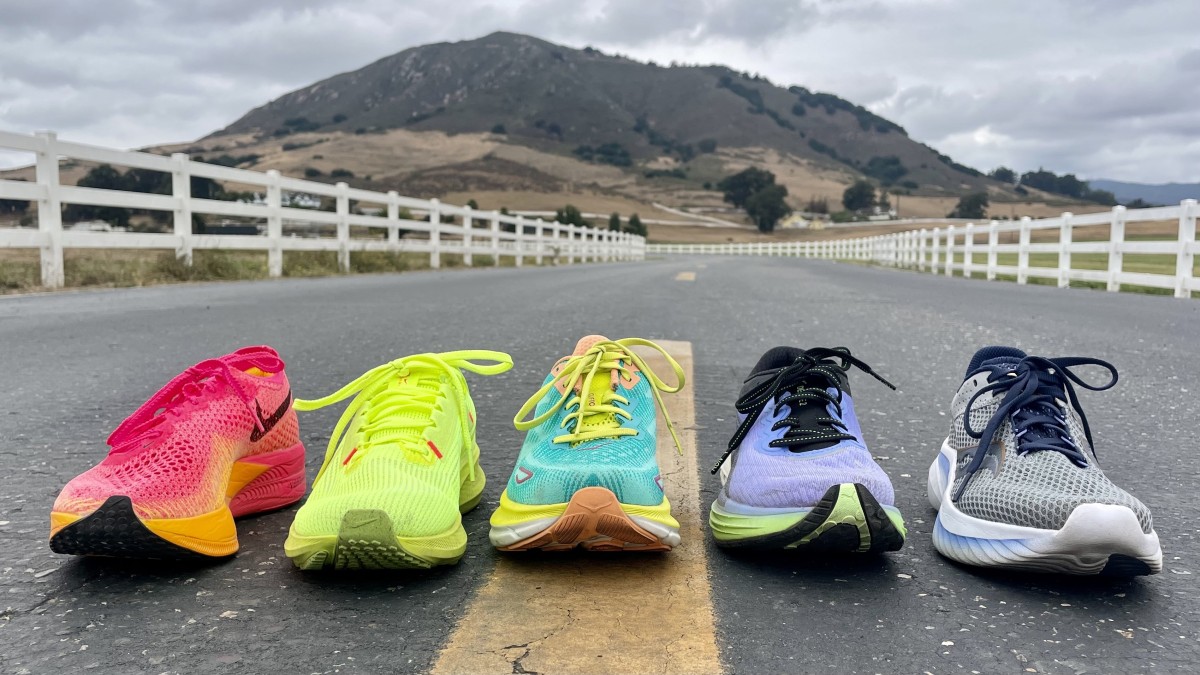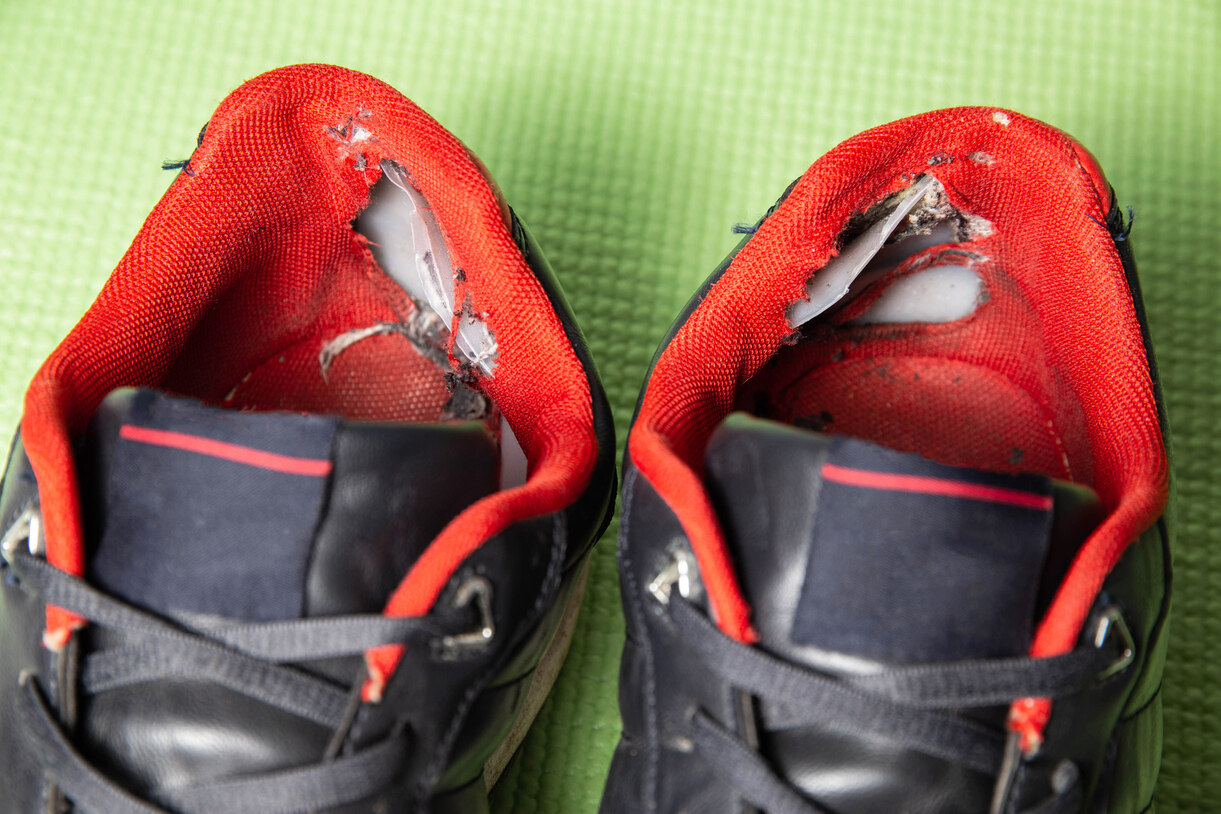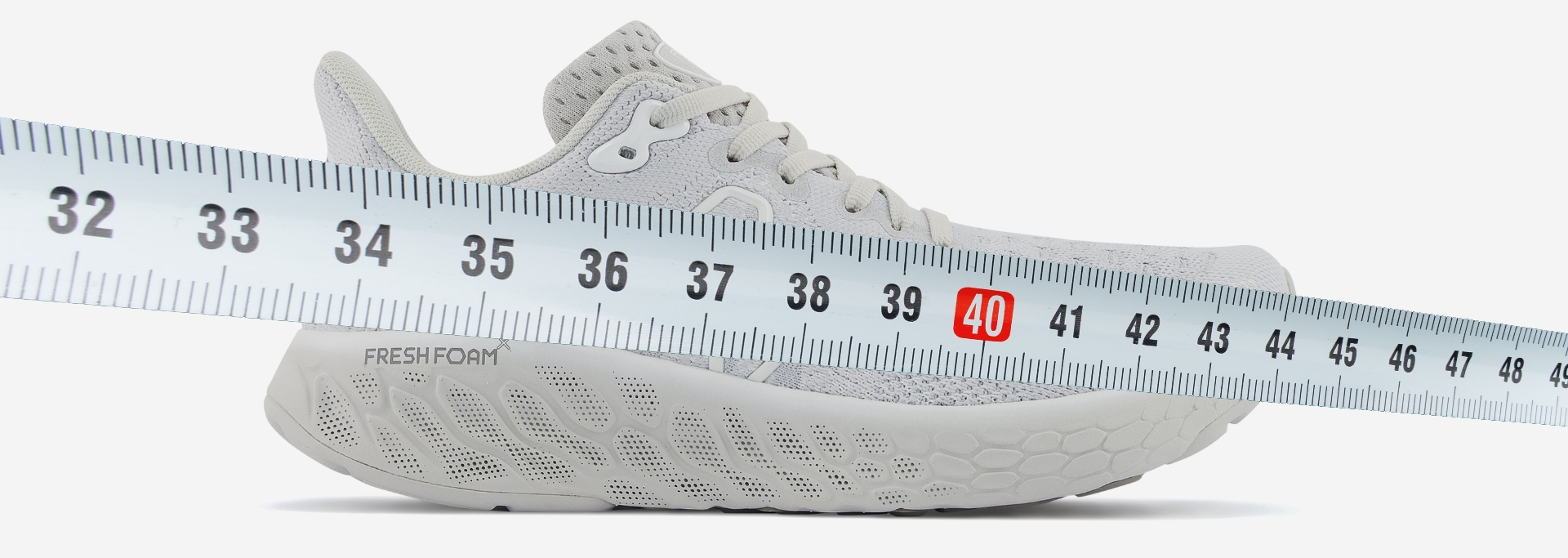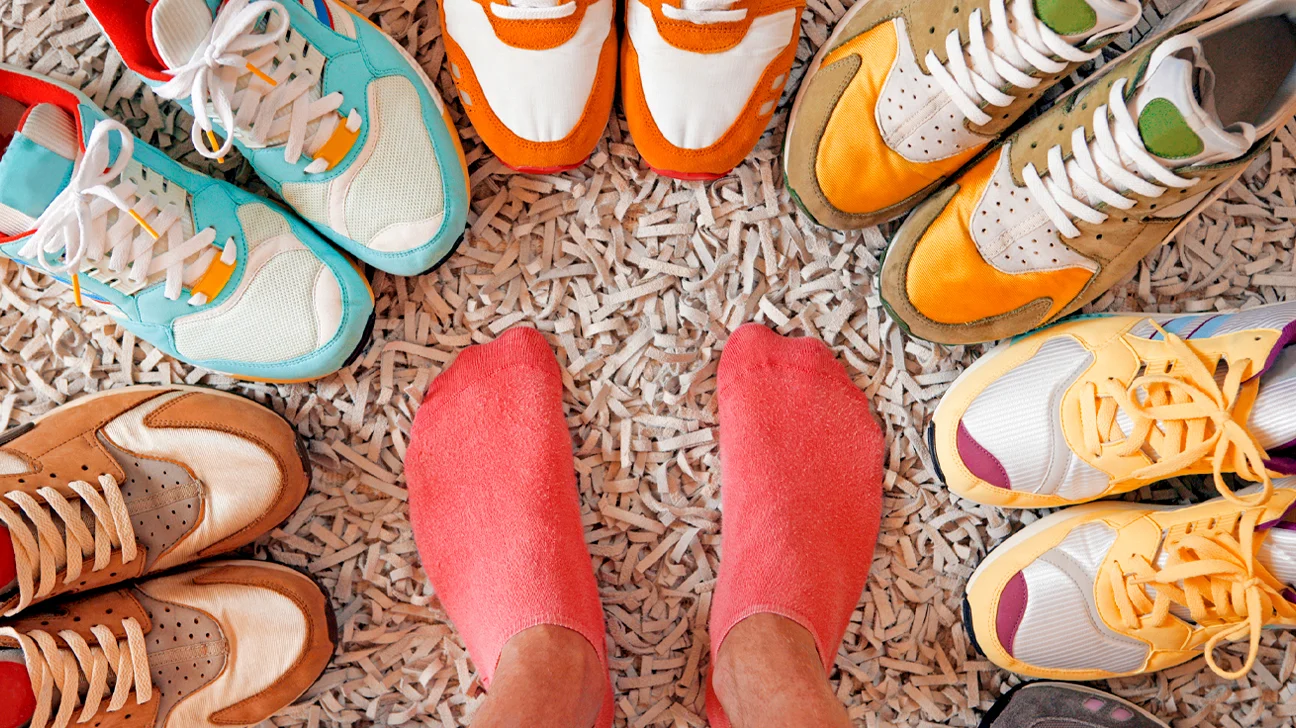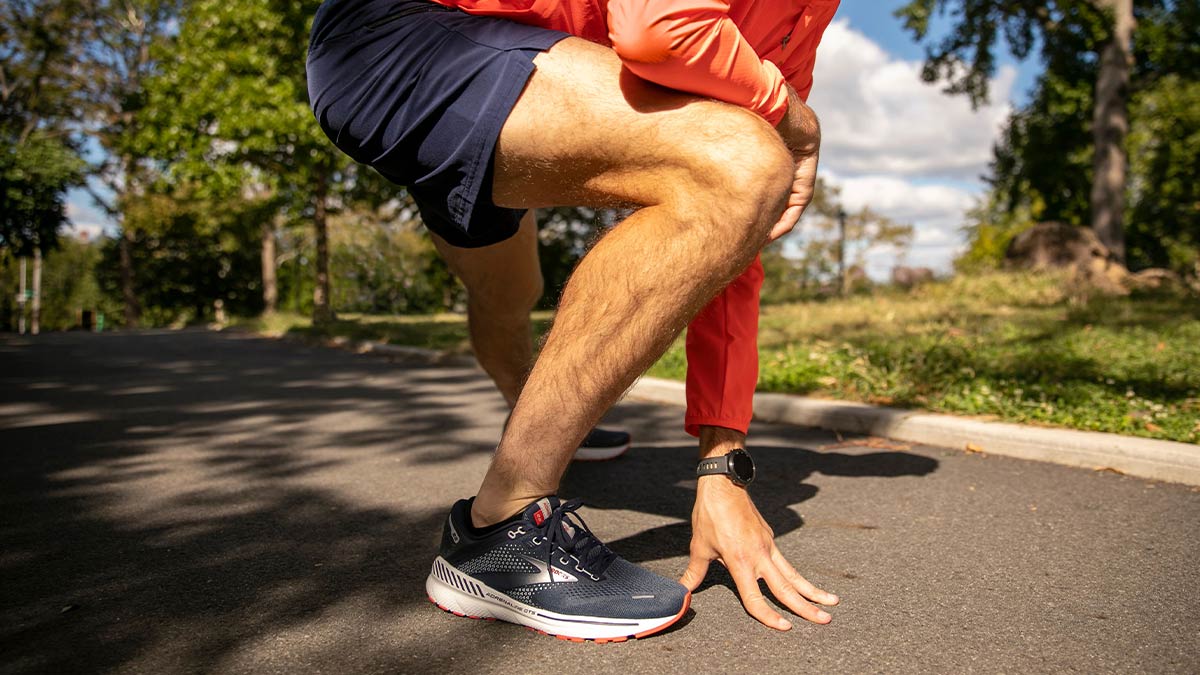Home>Misc>Featured>Where Should Your Toes Be In Running Shoes
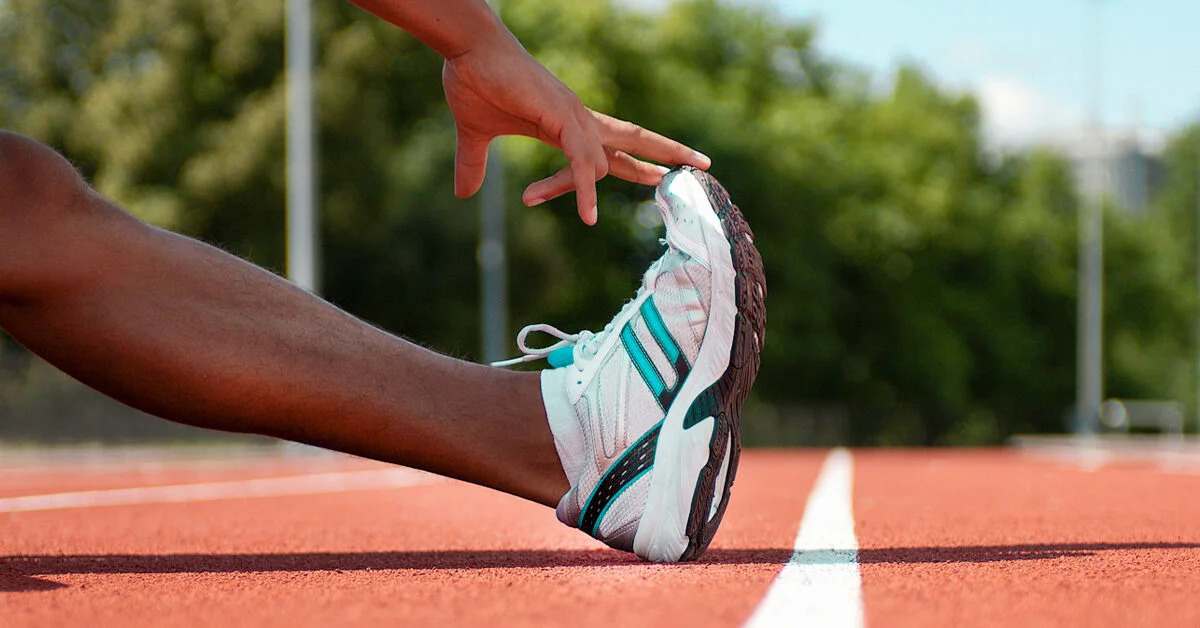

Featured
Where Should Your Toes Be In Running Shoes
Modified: August 19, 2023
Discover the key to proper foot alignment in running shoes. Find out where your toes should be positioned for optimal performance and comfort. Featured in-depth guide.
Introduction
When it comes to running, having the right pair of shoes is essential for optimal performance and injury prevention. While much attention is given to factors like cushioning, support, and fit, one often overlooked aspect is the placement of the toes within the running shoes. Proper toe placement can have a significant impact on your running form, comfort, and overall running experience.
Having the toes in the right position within the shoes can help distribute weight evenly, promote better stability, and prevent discomfort or injury. Whether you are a seasoned runner or just starting out, understanding and implementing proper toe placement can make a noticeable difference in your running journey.
In this article, we will delve into the importance of proper toe placement in running shoes, common toe placement mistakes to avoid, and how to achieve the ideal toe placement for different types of running shoes. Furthermore, we will explore the many benefits of correct toe placement and provide you with helpful tips to ensure you are positioning your toes correctly in your running shoes.
So, if you’re ready to take your running game to the next level and ensure maximum comfort and efficiency, let’s dive in and discover the significance of proper toe placement in running shoes!
Importance of Proper Toe Placement in Running Shoes
Proper toe placement in running shoes is crucial for several reasons. Firstly, it helps promote optimal biomechanics and running form. When your toes are positioned correctly, it allows for a natural toe-off phase during each stride, facilitating a more efficient running gait. This improves your overall running economy and helps you maintain a steady pace without wasting excess energy.
Secondly, proper toe placement helps prevent discomfort and potential injuries. When your toes are cramped or squeezed in the shoes, it can lead to issues such as blisters, calluses, black toenails, and even nerve impingement. Conversely, if your toes slide forward too much, it can cause instability and increase the risk of tripping or spraining your toes.
Additionally, correct toe placement assists in weight distribution and stability. When your toes are in the right position, they share the load evenly with the rest of your foot, preventing excessive pressure on specific areas. This reduces the risk of foot pain and discomfort during and after your runs.
Lastly, proper toe placement enhances overall comfort. When your toes have sufficient room to move and flex inside the shoes, it prevents rubbing, friction, and potential injuries. Comfortable toes allow you to focus on your running performance, rather than being distracted by discomfort or pain.
By understanding the importance of proper toe placement in running shoes, you can make informed decisions when selecting the right pair for your needs. Taking the time to ensure your toes are positioned correctly can greatly improve your running experience and contribute to your long-term foot health.
Common Toe Placement Mistakes
While proper toe placement is essential, many runners unknowingly make mistakes when it comes to positioning their toes in their running shoes. These common pitfalls can lead to discomfort, inefficiency, and even injuries. It’s important to be aware of these mistakes so you can avoid them and optimize your running experience. Here are some of the most common toe placement mistakes:
- Tight Toe Box: One of the most prevalent mistakes is choosing running shoes with a narrow or tight toe box. This causes the toes to be cramped and unable to splay naturally. It can lead to discomfort, blisters, and other foot issues.
- Toe Overcrowding: Another mistake is allowing your toes to be squished or overcrowded within the shoes. This can occur if you are wearing shoes that are too small or if your foot has slid forward due to improper lacing or a lack of support.
- Excessive Sliding: On the opposite end of the spectrum, some runners experience excessive sliding of their toes within the shoes. This often happens if the shoes are too big or if the runner has a narrow foot. Excessive sliding can cause instability and increase the risk of tripping or stumbling.
- Improper Lacing: The lacing technique used can also impact toe placement. If the laces are too tight around the toe area, it can restrict movement and cause discomfort. On the other hand, if the laces are too loose, it can lead to excessive sliding and lack of stability.
- Toe Curling: Another mistake to avoid is curling your toes inside the shoes. This often occurs when runners grip the shoes with their toes for added stability or control. However, toe curling can lead to muscle tension and restrict blood flow, resulting in discomfort and decreased performance.
By being aware of these common toe placement mistakes, you can take the necessary steps to position your toes properly within your running shoes. Addressing these issues will enhance your comfort, reduce the risk of injuries, and allow you to perform at your best during your runs.
Ideal Toe Placement for Different Types of Running Shoes
The ideal toe placement within running shoes can vary depending on the type and design of the footwear. Here are some guidelines to achieve optimal toe placement for different types of running shoes:
- Neutral/Cushioned Shoes: For neutral or cushioned running shoes, the ideal toe placement is to have about a thumb’s width of space between the end of your longest toe (usually the big toe) and the tip of the shoe. This allows for natural toe movement and prevents your toes from hitting the front of the shoe during toe-off.
- Stability/Support Shoes: These types of running shoes typically have firmer midsoles and additional support features. For stability shoes, aim for the same thumb’s width of space in the toe area. However, consider that the snug fit in the midfoot and heel may require slightly more space for the toes to compensate.
- Minimalist/Barefoot Shoes: Minimalist or barefoot-style shoes have a minimalist design with minimal cushioning and support. Toe placement in these shoes requires a different approach. Ensure that your toes have ample room to naturally spread and splay within the shoe. This allows for maximum sensory feedback and proper toe-off mechanics.
- Trail Running Shoes: Trail running shoes often have a more rugged outsole and provide additional protection and stability. The ideal toe placement remains the same – about a thumb’s width of space between the end of the longest toe and the front of the shoe. However, consider that trail conditions may require a slightly roomier fit to accommodate any potential foot swelling during longer, more challenging runs.
- Racing Flats: Racing flats are lightweight, minimalistic shoes designed for speed and performance. Toe placement in racing flats should aim for a snugger fit compared to other types of shoes. The focus is on securing the foot and minimizing any excess movement that could hinder performance. However, ensure that your toes still have enough room to splay and move naturally.
Remember, these are general guidelines, and personal preference plays a vital role in determining the ideal toe placement for your running shoes. Ultimately, finding the right balance between a secure fit, freedom of toe movement, and overall comfort is key to achieving the optimal toe placement for your individual needs.
Benefits of Correct Toe Placement
Proper toe placement in running shoes provides numerous benefits that can greatly enhance your running experience and performance. Here are some of the key advantages of maintaining correct toe placement:
- Improved Running Efficiency: Correct toe placement allows for a natural toe-off phase during each stride, promoting efficient running mechanics. This translates to better running economy, as you can maintain a steady pace without wasting excess energy.
- Enhanced Stability and Balance: When your toes are positioned correctly, it helps distribute weight evenly across your foot, promoting better stability and balance. This can reduce the risk of tripping or spraining your toes, especially when running on uneven terrain.
- Reduced Discomfort and Injuries: Proper toe placement helps prevent common foot discomfort and injuries such as blisters, calluses, black toenails, and nerve impingement. By giving your toes adequate space and allowing natural movement, you can minimize friction and pressure points that lead to these issues.
- Enhanced Foot Flexibility and Strength: Allowing your toes to move and flex properly within the shoes promotes foot flexibility and strengthens the muscles in your feet. This can improve your overall foot health, proprioception, and balance.
- Optimal Blood Circulation: Correct toe placement prevents excessive constriction and curling of the toes, improving blood circulation in the feet. Proper blood flow ensures a steady supply of oxygen and nutrients to the muscles, reducing fatigue and enhancing performance.
- Maximized Comfort: When your toes have enough room to move and breathe, it enhances overall comfort during your runs. Comfortable toes mean you can focus on your running form, pace, and enjoyment, rather than being distracted by foot pain or discomfort.
These benefits highlight the importance of maintaining correct toe placement in your running shoes. By prioritizing proper toe positioning, you can optimize your running experience, reduce the risk of injuries, and perform at your best.
Tips for Proper Toe Placement in Running Shoes
Ensuring proper toe placement in your running shoes is essential for an optimal running experience. Here are some tips to help you achieve and maintain correct toe positioning:
- Choose the Right Shoe Size: Start by selecting the correct shoe size. Measure your feet regularly and try on different brands and styles to find the best fit for your foot shape and size. Remember that your shoe size may vary among different brands, so rely on how the shoes feel rather than the number on the label.
- Allow Room for Toe Movement: Make sure your running shoes have ample space in the toe box to allow your toes to move and spread naturally. Aim for about a thumb’s width of space between the end of your longest toe and the front of the shoe.
- Experiment with Lacing Techniques: Explore different lacing techniques to customize the fit around your toes. You can try the “Runner’s Loop” or “Gap Lacing” methods to relieve pressure on the top of your foot while maintaining a secure fit.
- Invest in Proper Insoles or Inserts: Consider using insoles or inserts designed to provide extra support and cushioning to improve your toe placement. These can help align your foot properly within the shoe and contribute to better overall comfort.
- Pay Attention to Your Socks: Choose moisture-wicking and properly fitting socks that allow for proper toe movement. Avoid socks that are too tight or have excessive padding, as they can affect toe placement and lead to discomfort.
- Listen to Your Body: Pay attention to any discomfort or pain in your toes during your runs. If you feel any cramping, numbness, or excessive pressure, consider adjusting your shoe fit or seeking expert advice from a podiatrist or a running specialist.
- Regularly Check Your Toe Placement: Periodically check and readjust your toe placement while running to ensure your toes remain in the correct position. Make small adjustments to maintain a comfortable and balanced fit throughout your run.
Remember that everyone’s feet and running needs are unique, so it may take some trial and error to find the perfect toe placement in your running shoes. Stay proactive and attentive to your feet, and make adjustments as needed to achieve the best possible toe placement for your comfort and performance.
Conclusion
Proper toe placement in running shoes is often overlooked but plays a crucial role in enhancing your running experience and minimizing the risk of discomfort or injuries. By ensuring your toes are correctly positioned, you can optimize your running efficiency, stability, and overall foot health.
Throughout this article, we have explored the importance of proper toe placement in running shoes. We have discussed common mistakes to avoid, the ideal toe placement for different types of running shoes, the benefits of correct toe placement, and provided tips for achieving optimal toe positioning.
Remember, finding the perfect toe placement may require some experimentation and adjustments. It’s essential to choose running shoes with a proper fit and sufficient room in the toe box. Additionally, exploring different lacing techniques and utilizing additional support, such as insoles or inserts, can contribute to maintaining correct toe positioning.
By prioritizing proper toe placement, you can improve your running form, reduce the risk of discomfort or injuries, and enhance your overall running performance. Don’t underestimate the power of toe positioning in your running shoes; it can make a significant difference in your running journey.
So, the next time you lace up your running shoes, pay attention to your toes and ensure they are positioned correctly. Your comfortable and efficient stride awaits you!
